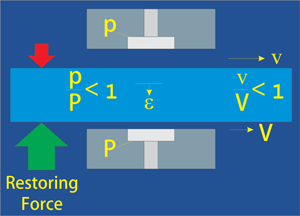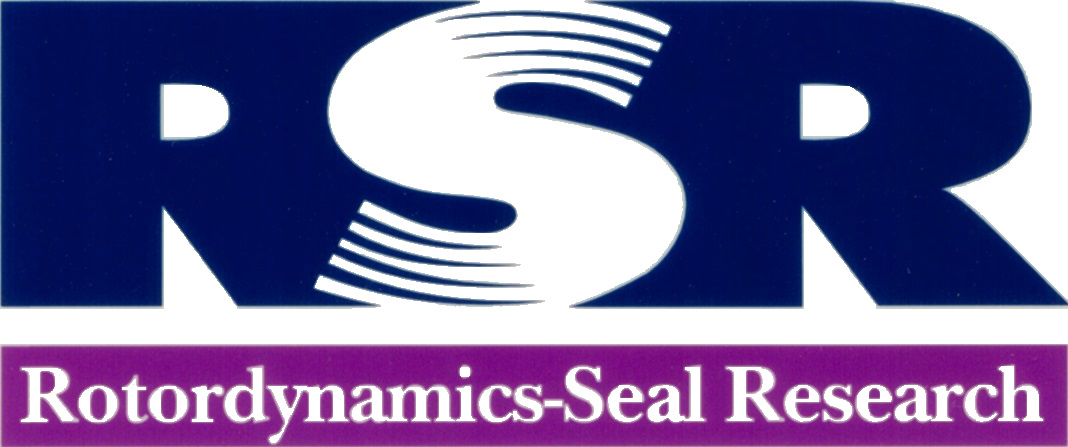Hydrostatic Bearing Software
Capabilities
RAPPID™ hydrostatic bearing analysis software utilizes the full Navier-Stokes solution and offers the following capabilities:
- Laminar, transitional and turbulent flow
- Full thermal model
- Results include full effects of fluid inertia and shear
- Considers choked flow at either orifice or exit plane
Features
RAPPID™ hydrostatic bearing analysis software has a wide array of features are available to enable physically realistic modeling of hydrostatic bearings, including:
- Ability to solve for load given eccentricity and attitude angle or vice versa
- Thermal model includes convection to shaft and housing, and conduction through housing
- Housing thermal model allows for two dissimilar materials
- Automatic grid generation
- Solution method solves fully coupled momentum, continuity, and energy equations
Analysis Results
RAPPID™ hydrodynamic bearing analysis software yields results needed for a comprehensive assessment of bearing performance, including:
- Dynamic Results: Stiffness, damping, and mass coefficients and whirl frequency ratio
- Optional frequency dependent rotordynanmic characteristics
- >Eccentricity, attitude angle, flow rate, power loss
- Peak film pressure and peak fluid temperature
- Inlet temperature, temperature rise, maximum temperature, minimum film thickness
- Max circumferential and axial Reynolds number
- Flow condition (laminar, transitional, or turbulent)
Bearing Configurations
RAPPID™ hydrostatic bearing analysis software is available for either journal or thrust bearings.

